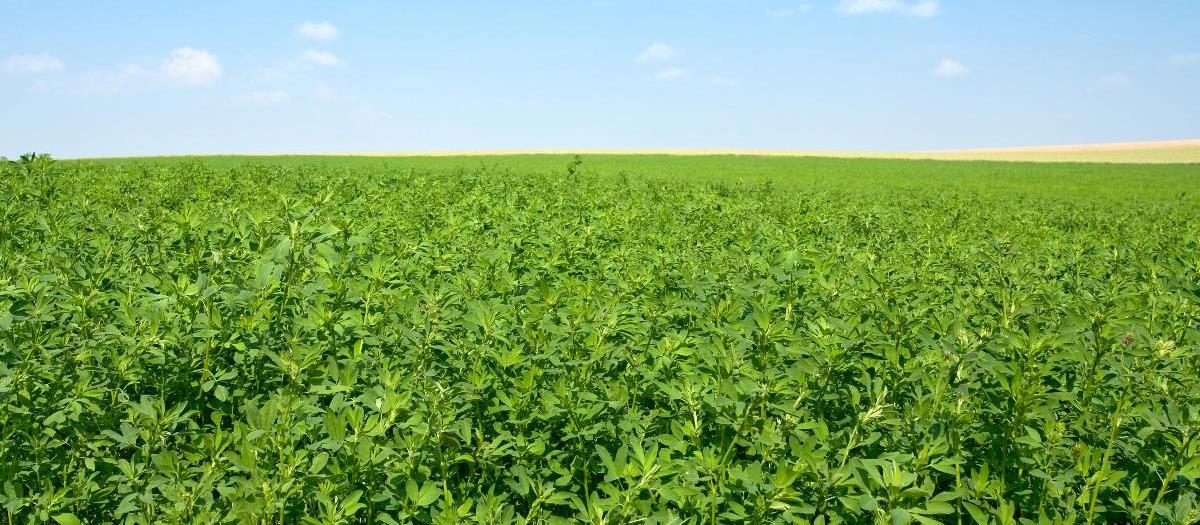Sep 1994
Establishing irrigated pasture at 4,000- to 6,000-foot elevations in Arizona
Authors:
Deborah Young, Bill Frost, Mike Schneider
Irrigated pasture can provide forage for livestock, be useful during breeding and calving time, serve as an exercise area for horses, and conserve and improve soil and provide an alternative to rangeland. This article discussing establishing a pasture at elevations in Arizona between 4,000 and 6,000 feet.
